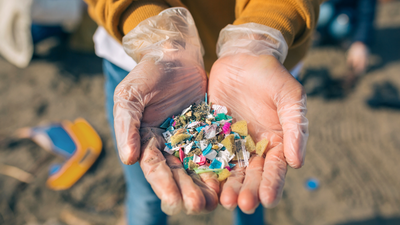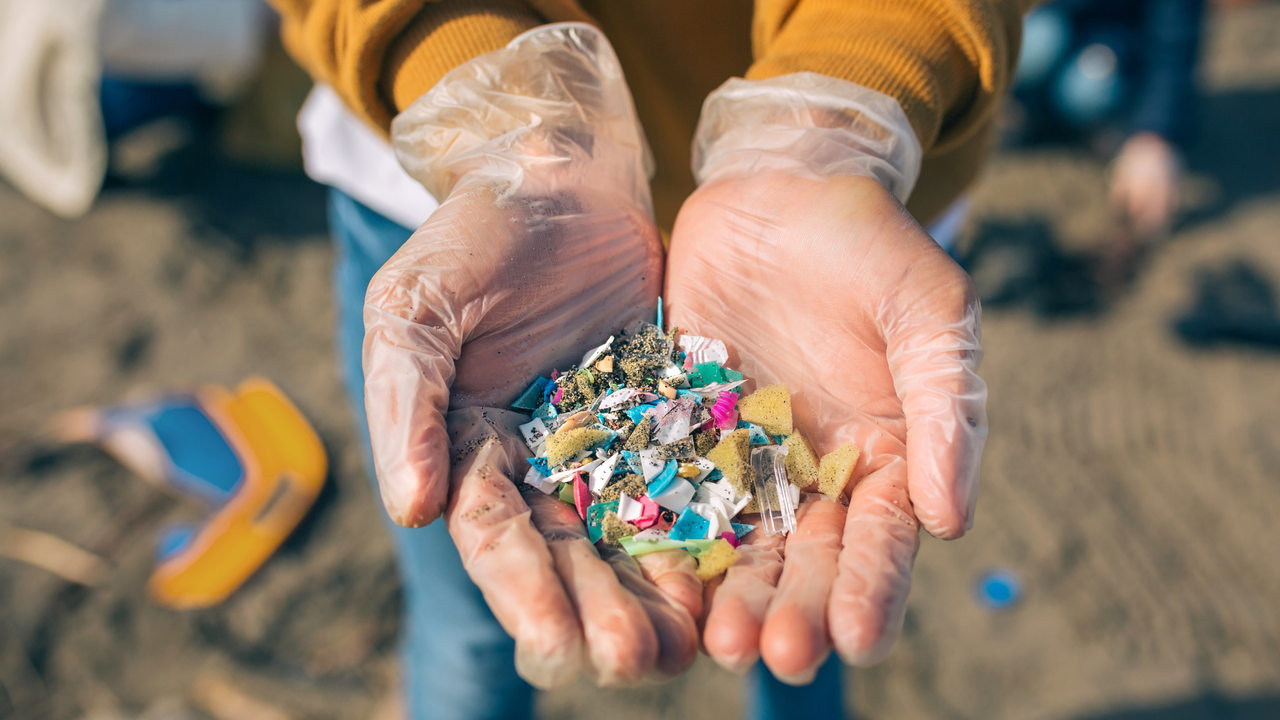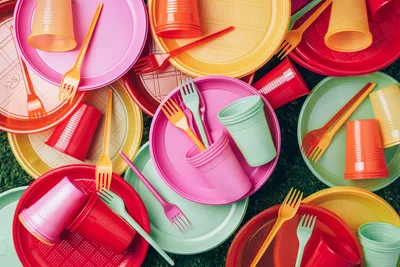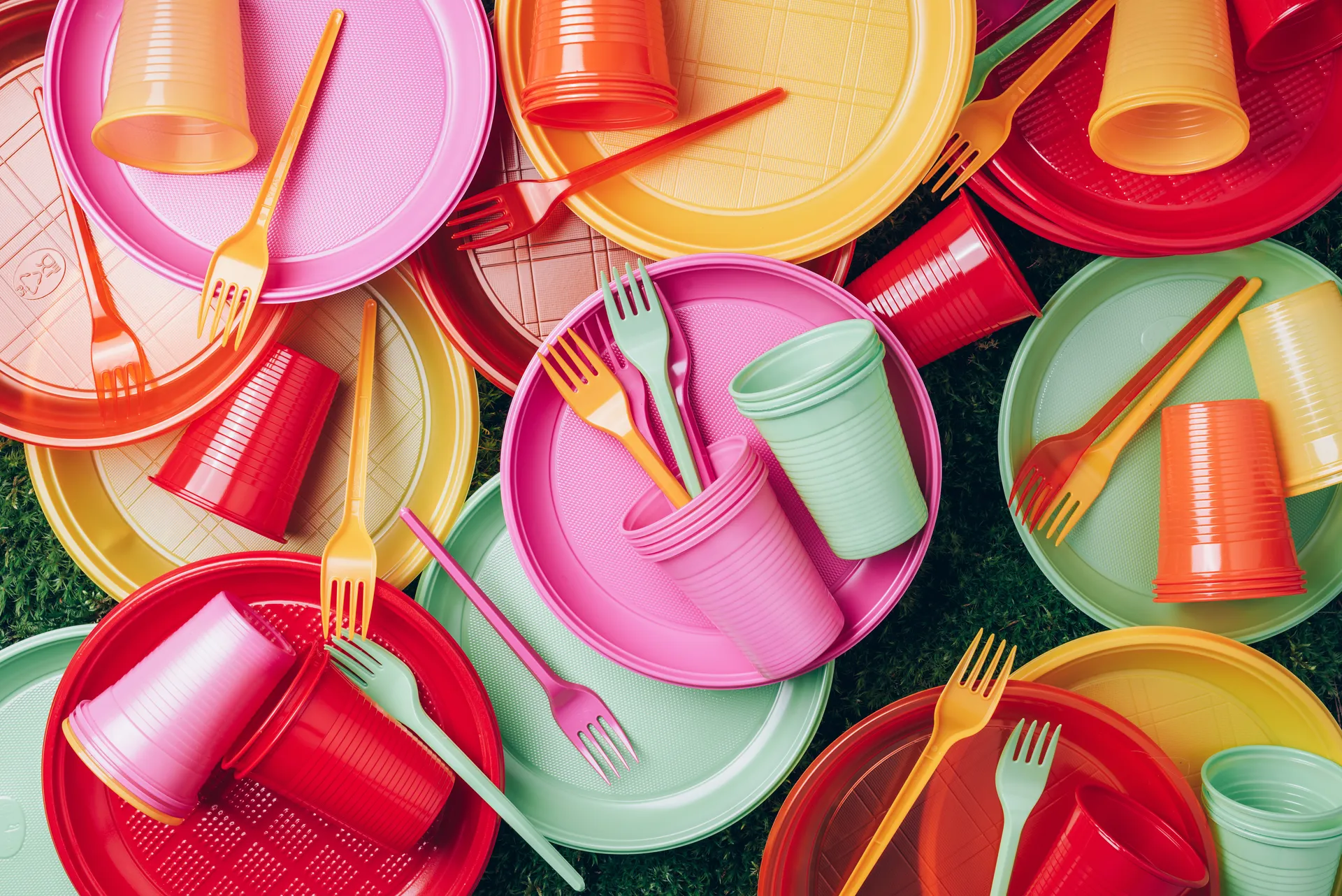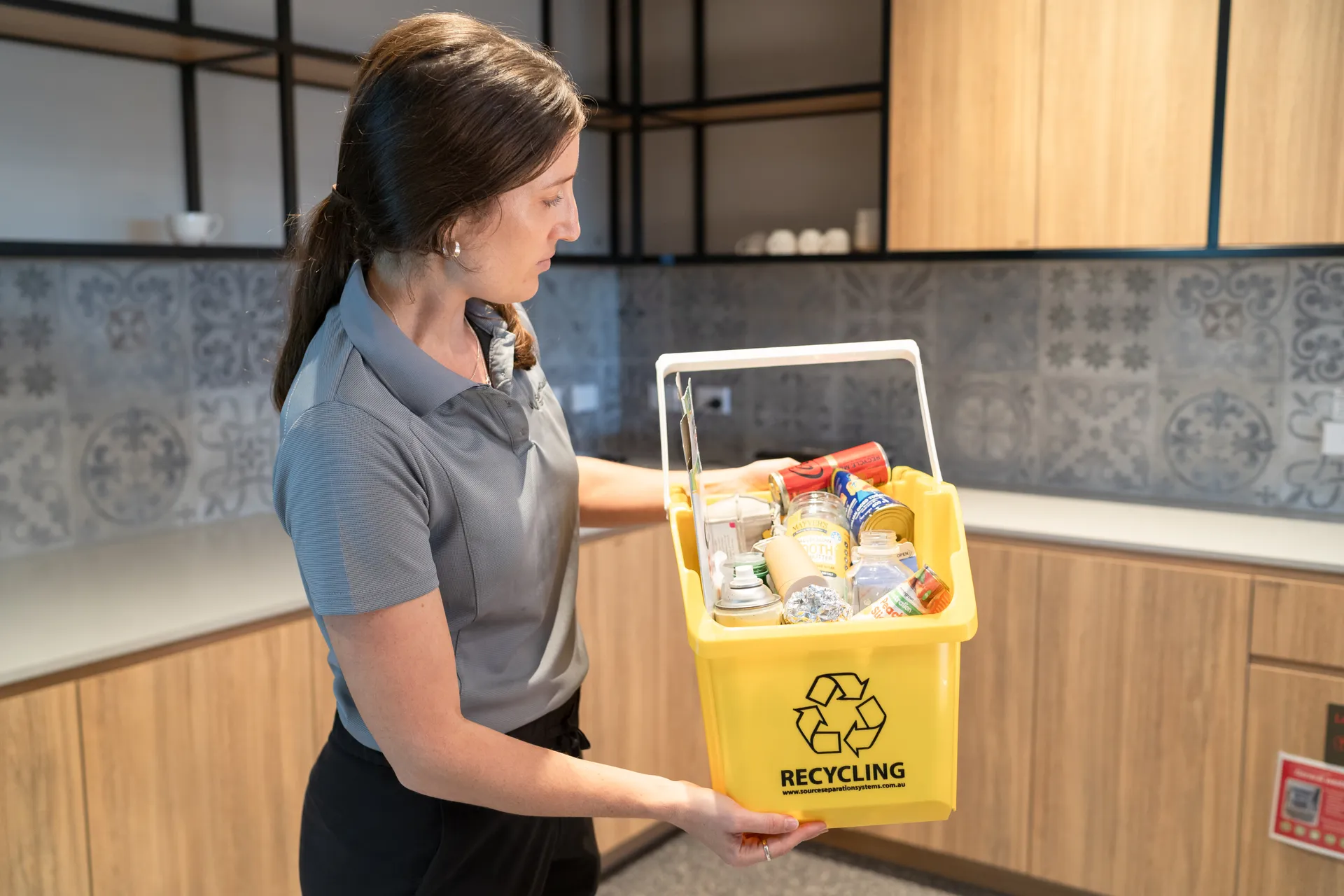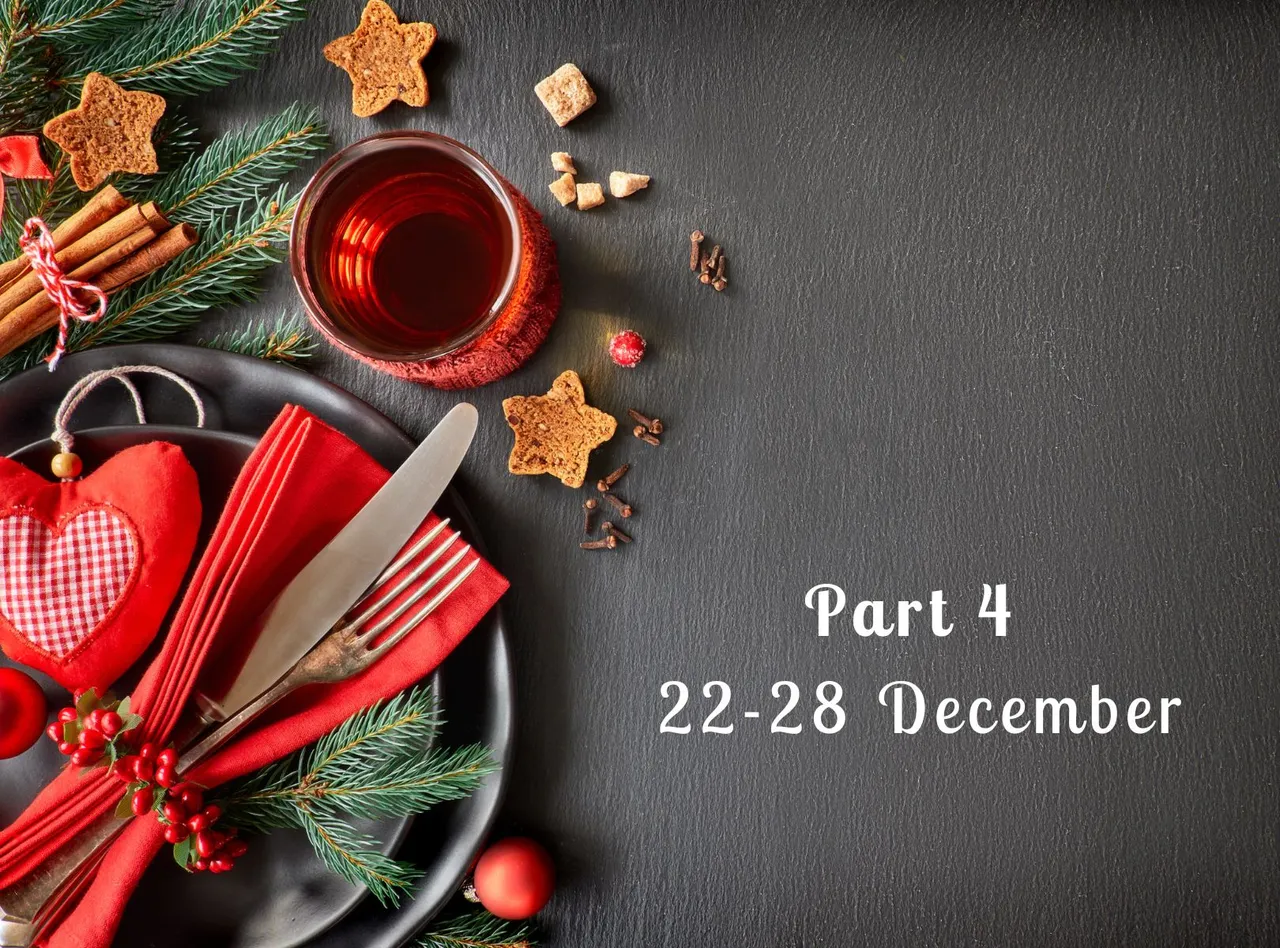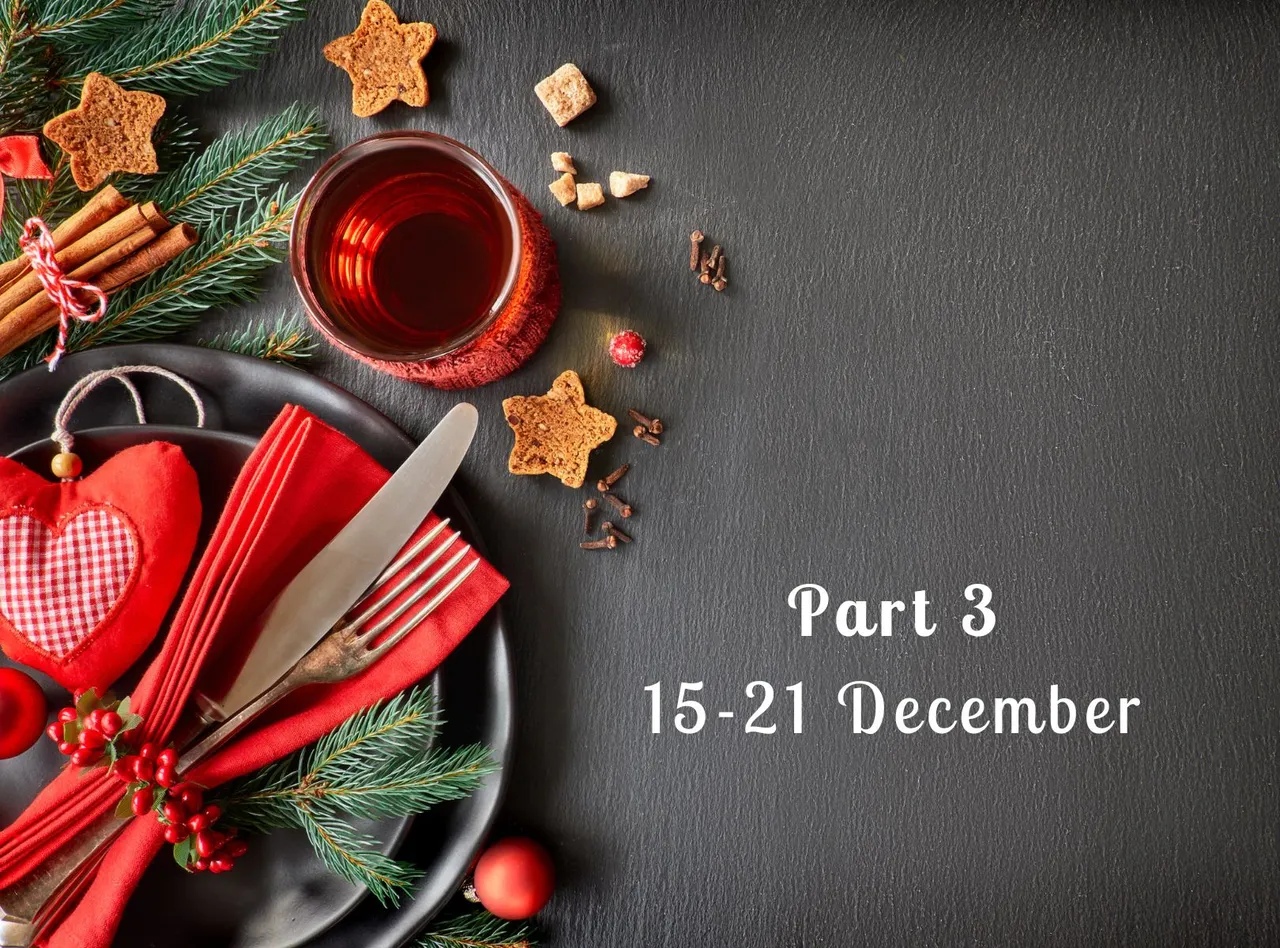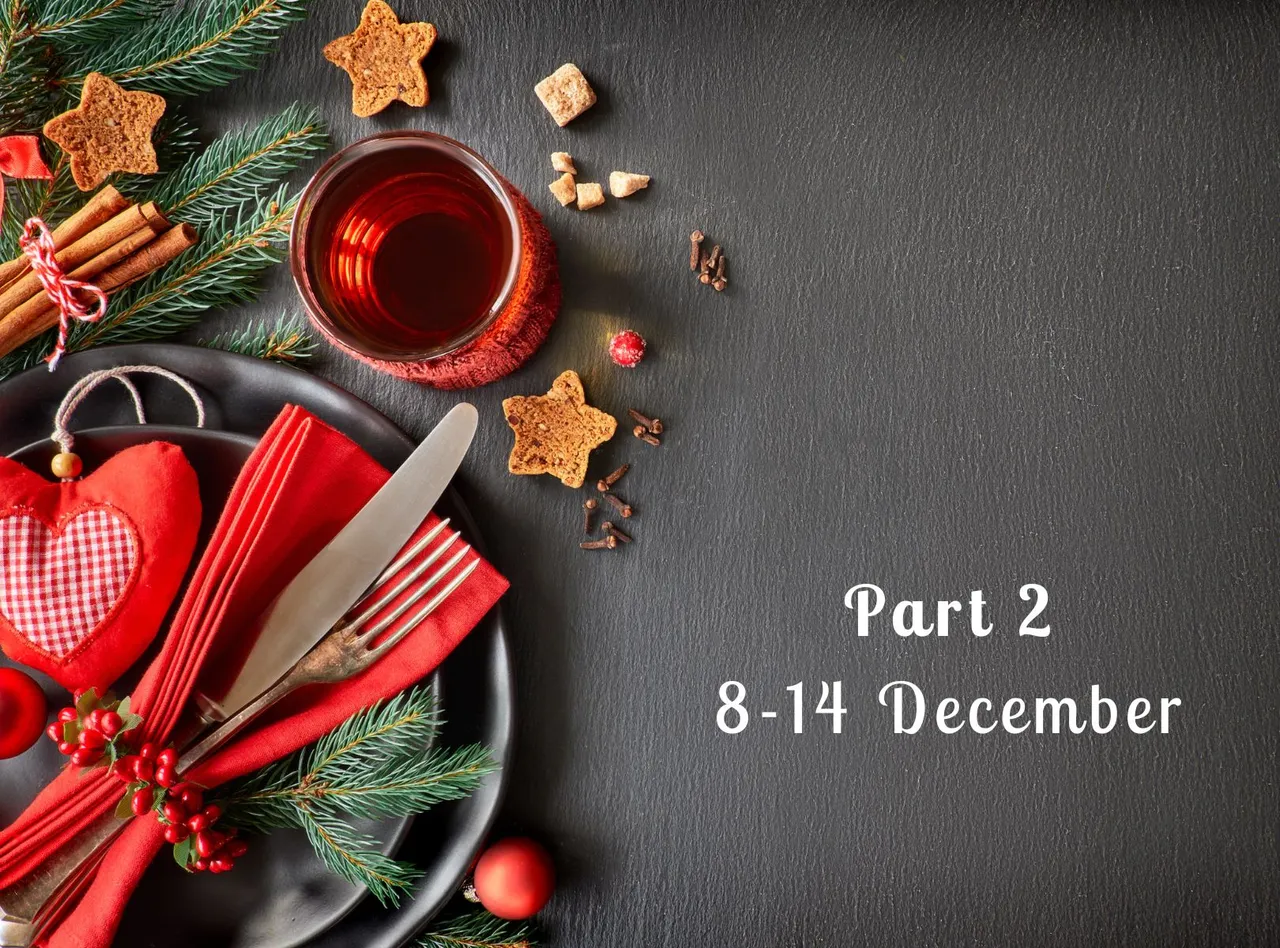What to do in the garden this July
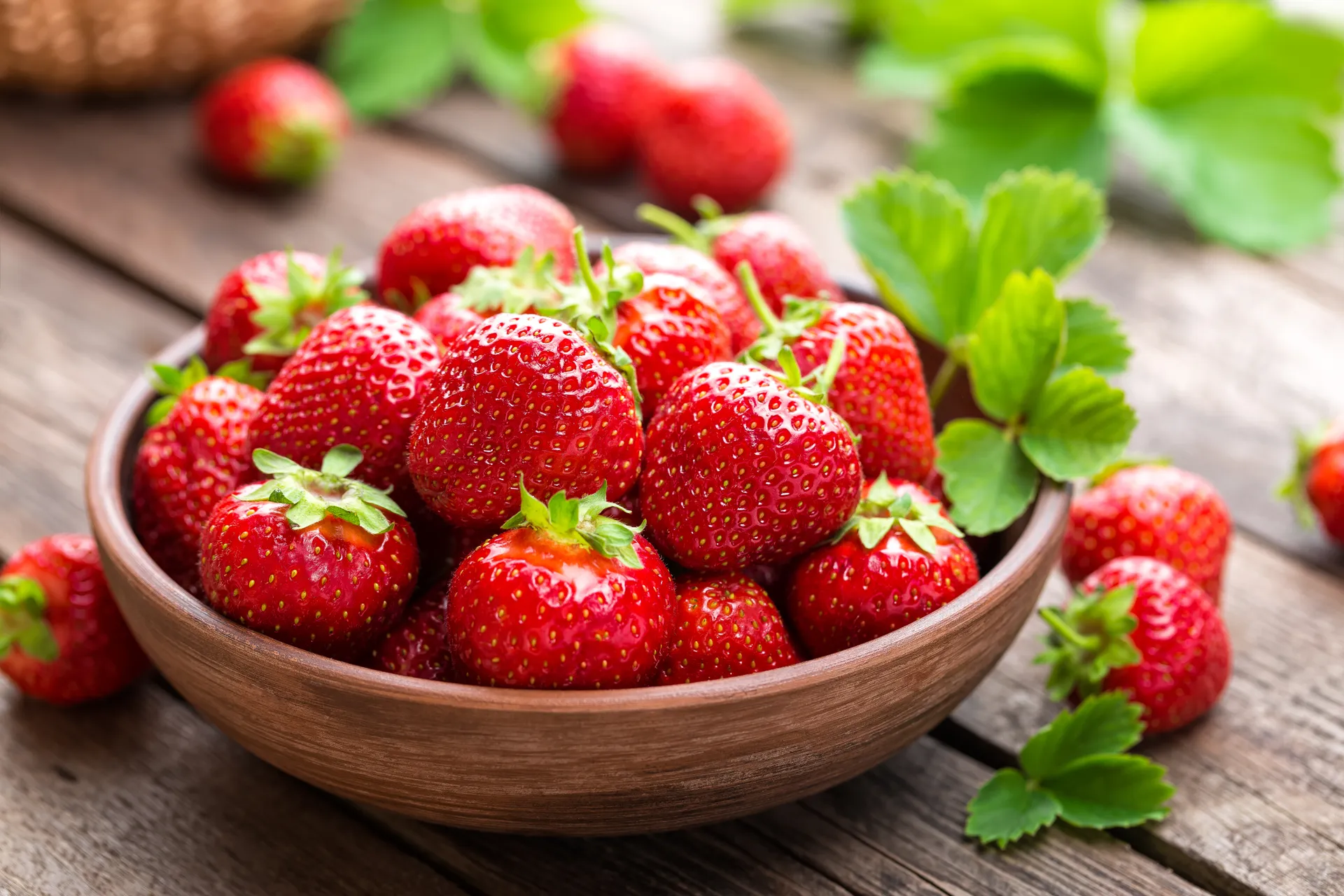
July is a great time to sow winter crops. Find out what, how and when with the Micro Gardener.
July is typically our last ‘short winter’ month. While winter may stretch into early August, cool temperatures and low humidity still dominate. This is a great time to sow winter crops—ideally after rain or watering when the soil is moist. Prepare your soil well before planting for best results.
Anne Gibson is The Micro Gardener and each month she shares her top tips, especially suited to our Sunshine Coast climate, helping you succeed in the garden.
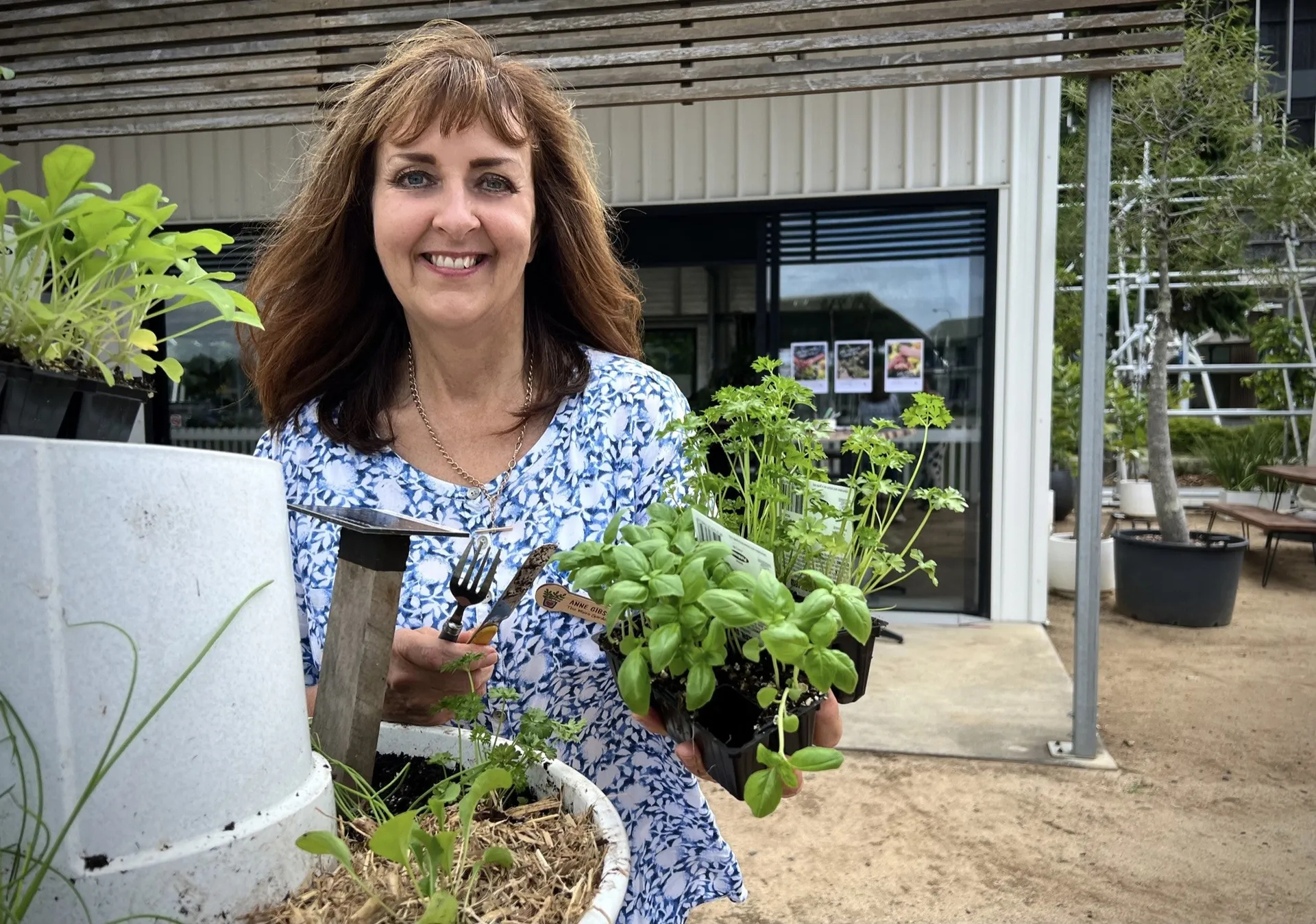
sowing seeds vs seedlings
- sow seeds for fast-growing crops like lettuce (germination <7 days)
- plant seedlings for slow-maturing crops like cabbage, broccoli and cauliflower
- consider time to harvest before warmer weather returns in spring
sun, shade and climate
- pests and diseases are minimal due to cold and low humidity
- succession plant for continuous harvests
- grow shade-tolerant edibles if your garden has limited sunlight
- observe sun/shade zones and prioritise full sun for fruiting crops
- move containers or plant vertically to maximise sunlight
- monitor local weather conditions
lawn care

- mow and whipper snip regularly to prevent weed seed heads
- top dress with compost, rock minerals, liquid seaweed and diluted Epsom salts
- leave mower catcher off to self-mulch and return nutrients
citrus tree care
- prune citrus trees before flowering begins (late July/early August)
- shape and support new growth with slow-release nutrients
- remineralise, mulch and add trace elements
- plant bare-rooted fruit trees now to avoid transplant shock
pruning and maintenance
- prune dormant fruit trees, berries, climbers and ornamentals
- protect plants from frost and drying winds
- plan and reflect on garden performance using a garden journal
Fertilising and replenishing nutrients
- reduce watering during cooler months
- save rainwater for early spring
- top up compost and worm castings for nutrient-rich soil
- remineralise with organic matter like leaves, prunings and mulch
- apply potash or potassium blends to flowering crops
- test soil pH each season
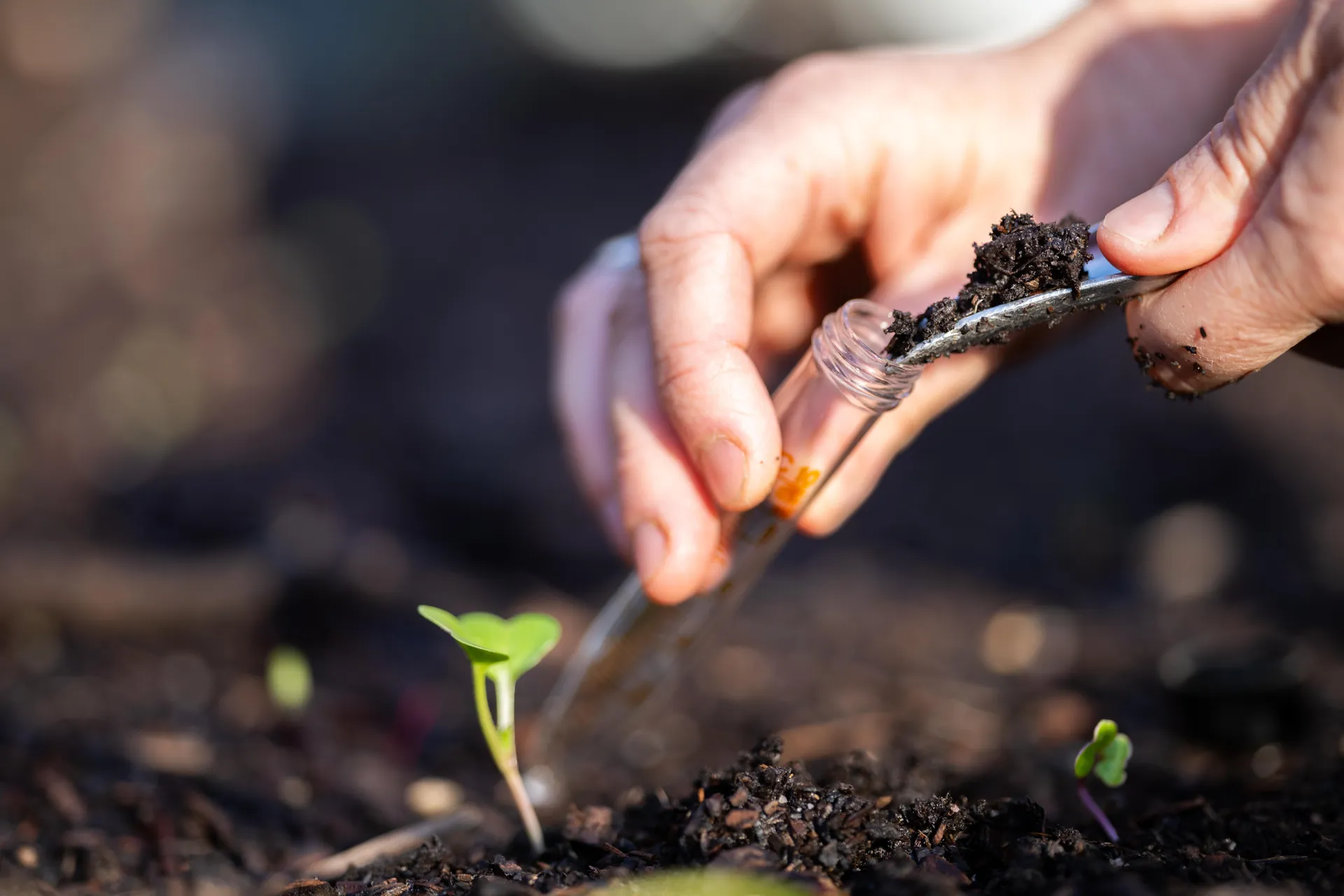
Special notes
- avoid nitrogen-rich fertilisers for onion family crops
- refresh potting mix in containers before new plantings
- follow potting mix guide for healthy soil
- use organic seed raising mix recipes
What to plant in July
Vegetables
Asian greens, beans, beetroot, brassicas (broccoli, kale, rocket, tatsoi, cauliflower, cabbages), broad beans, capsicum, carrots, celery, chard, chia, cool-season green manures, eggplant, garlic, leek, lettuce, mizuna, mustard, peas, potato, perpetual spinach, radish, silverbeet, spring onions, cherry tomatoes
Planting tips
- sow dwarf/bush peas and beans for quicker harvests
- follow with climbers for extended harvest
- grow peas as microgreens
- watch video for growing food from kitchen waste
Fruits
Tropical apples, black sapote, blueberry, carambola, citrus, coffee, feijoa, grape, guava, kiwifruit, mulberry, nectarine, olive, papaya, passionfruit, peach, pomegranate, strawberry runners
- remove buds from young fruit trees to encourage root growth
- feed strawberry runners with compost and liquid seaweed
Herbs
American upland cress, angelica, borage, calendula, catnip, chamomile, chervil, chicory, chives, coriander (slow bolt), dill, fennel, herb Robert, hyssop, lavender, lemon balm, lovage, marjoram, mint, nasturtium, oregano, parsley, perennial coriander, rocket, rosemary, sage, salad burnet, thyme, watercress, winter savory, winter tarragon
Flowers
Calendula, cornflower, dianthus, marigold, lobelia, nemesia, pansy, petunia, sweet alyssum, phlox, snapdragon, statice, strawflower, sweet pea, viola
- interplant herbs and flowers with vegetables to attract beneficial insects
Issues to watch out for
- fruit fly: use traps, early fruiting trees, dwarf varieties, exclusion netting
- cabbage white butterfly: use trap crops like nasturtiums or upland cress, exclusion nets, cloches, interplanting and organic controls
Garden tasks
- replant strawberry runners and fertilise berries
Find out how to divide and replant your strawberry runners on youtube
- prune old asparagus ferns, feed and mulch
- divide and transplant arrowroot, garlic chives and clumping plants
- prune grape and passionfruit vines and deciduous fruit trees
- feed, weed and mulch around fruit trees
- maintain tools and build garden beds
- sow microgreens for leafy greens
- harvest turmeric and ginger, freeze in ice cube portions
More info
For more gardening, follow Anne Gibson, The Micro Gardener Website | Facebook | Substack | Pinterest |Instagram | X | YouTube
